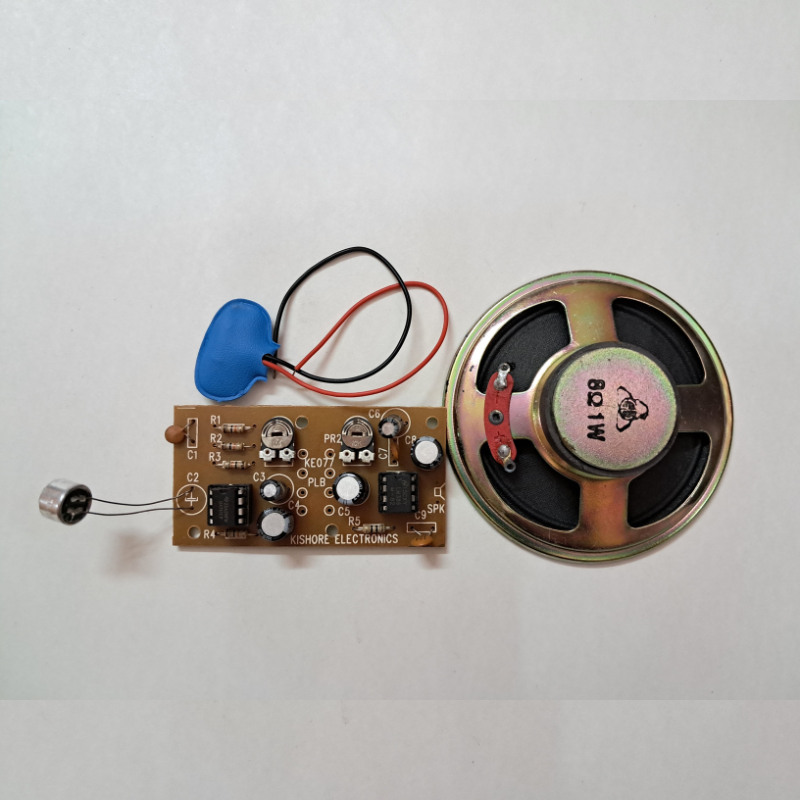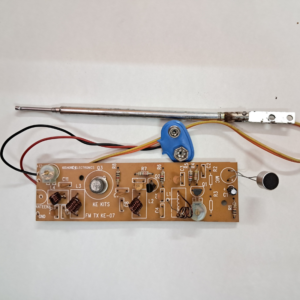Creating a powerful listening bug as an electronic project can be a challenging task for engineering students.
However, it’s important to note that using listening bugs without proper authorization is illegal, so it’s important to only use these skills for legitimate purposes, such as for use in security systems.
Here are some steps to follow:
- Choose a microphone: The microphone is an essential component of the listening bug. Choose a high-quality microphone that can pick up sound accurately.
- Select an amplifier: The amplifier is used to boost the signal from the microphone. Choose an amplifier with high gain and low noise.
- Design the circuit: Design a circuit that includes the microphone, amplifier, and a transmitter. The transmitter can be a simple FM transmitter or a Bluetooth module, depending on the range you require.
- Write the code: Write the code for the microcontroller to process the data from the microphone and transmit the signal wirelessly.
- Test and calibrate: Once the circuit and code are complete, test the listening bug to ensure it works as expected. Calibrate the bug to ensure accurate readings and good sound quality.
- Enclose the circuit: Enclose the circuit in a suitable container to protect it from external factors and to make it portable.



Reviews
There are no reviews yet.